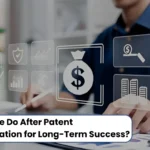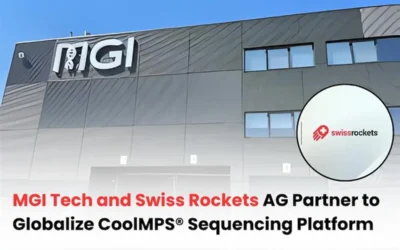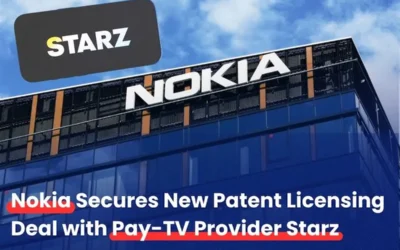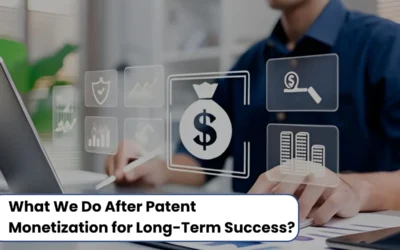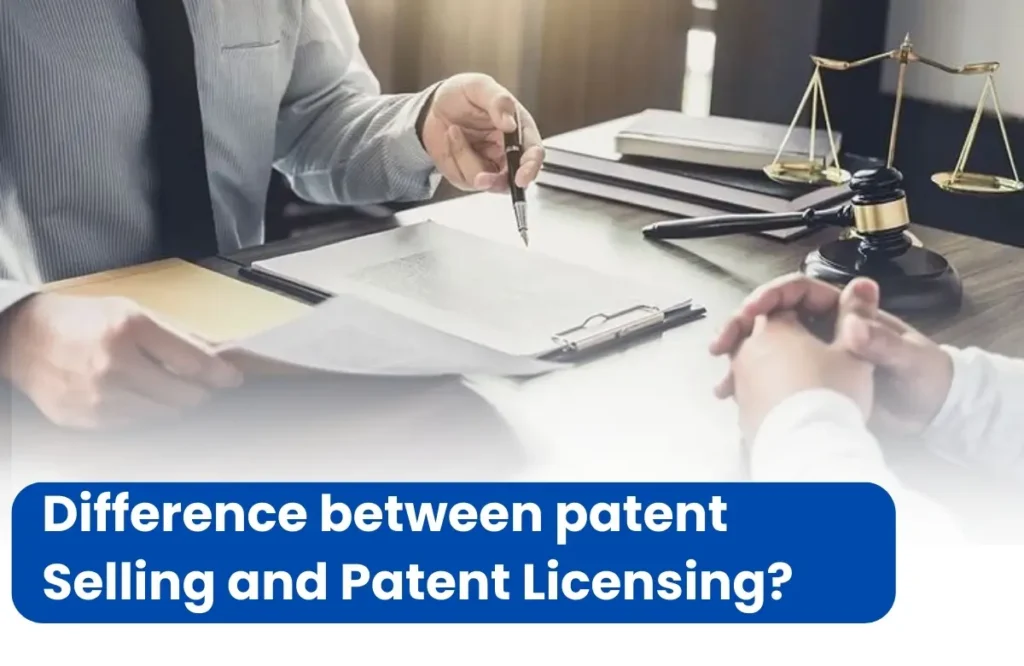
Patent monetization is a process that enables investors to generate income from their underutilized or untouched patents, creating a risk-free environment while giving them greater leverage. However, the biggest challenge for any investor lies in choosing the right method of monetization. It’s important to remember that not every method suits every situation. Approaches such as licensing, patent transfer, patent selling, patent pooling, and litigation each come with their own advantages and drawbacks. This makes it essential for investors to carefully evaluate and select the most suitable option. Among these, the two most widely adopted strategies are Patent Selling and Patent Licensing. To simplify the decision-making process, we have prepared a dynamic comparison between these two methods.
What Is Patent Selling and Patent Licensing?
Let’s start with simple definitions:
- Patent Selling is the process of transferring the entire rights of a patent to another party. Once sold, the original owner no longer has any control or claim over the patent. It’s just like selling land or a car—after the sale, you permanently lose ownership and the buyer becomes the new owner.
- Patent Licensing, on the other hand, patent licensing lets you give another party permission to use your patent while you still keep ownership. Think of it like renting out your house—you still own it, but someone else gets to use it under rules you’ve agreed on. This way, you don’t lose your rights; you’re just sharing them for mutual benefit.
Which Patent Monetization Strategy Fits You Best?
Every investor’s situation is different, so there’s no single “best” way to monetize a patent.
When should you choose patent selling?
- Best for those seeking quick liquidity and a clean exit.
- Provides an upfront lump sum payment.
- Removes the risks, costs, and responsibilities of managing or enforcing the patent.
- Suitable if you want to exit the invention or business entirely.
When should you choose Patent licensing?
- Ideal for building long-term, recurring income.
- Allows you to retain ownership of your patent.
- Offers flexibility and higher potential rewards if the patent becomes commercially successful.
- Requires patience and active management of contracts and licensees.
Patent Selling vs. Licensing: A Dynamic Comparison
When comparing patent selling and patent licensing, several key factors stand out. Patent selling involves permanently transferring ownership to another party in exchange for a lump sum payment. It’s simple, low-risk, and provides immediate cash, but the seller loses all control and any future profit potential. Patent licensing, on the other hand, allows the owner to retain rights while granting usage permissions under agreed terms. This creates recurring income through royalties and offers higher upside if the patent succeeds, though it carries more risk, requires active management, and depends on the licensee’s performance.
Patent Monetization at Work: Sales and Licensing Cases
Real-world cases highlight the difference between selling and licensing. For instance, Kodak and Nortel sold large patent portfolios for hundreds of millions in upfront cash, giving them quick liquidity but no future rights. On the other hand, companies like Qualcomm, IBM, and Microsoft have built billion-dollar revenue.
Read More: How Patent Monetization is Beneficial for New Startups?
Conclusion
Both patent selling and patent licensing are valuable strategies for monetizing intellectual property, but the right choice depends on an investor’s goals and resources. Selling provides a quick, low-risk exit with guaranteed income, but it comes at the cost of ownership and future opportunities. Licensing, on the other hand, offers recurring revenue and higher upside potential, while allowing the inventor to retain control—though it requires patience, active management, and a willingness to take on some risk. By understanding the strengths and limitations of each approach, investors can make informed decisions and maximize the value of their patents.


